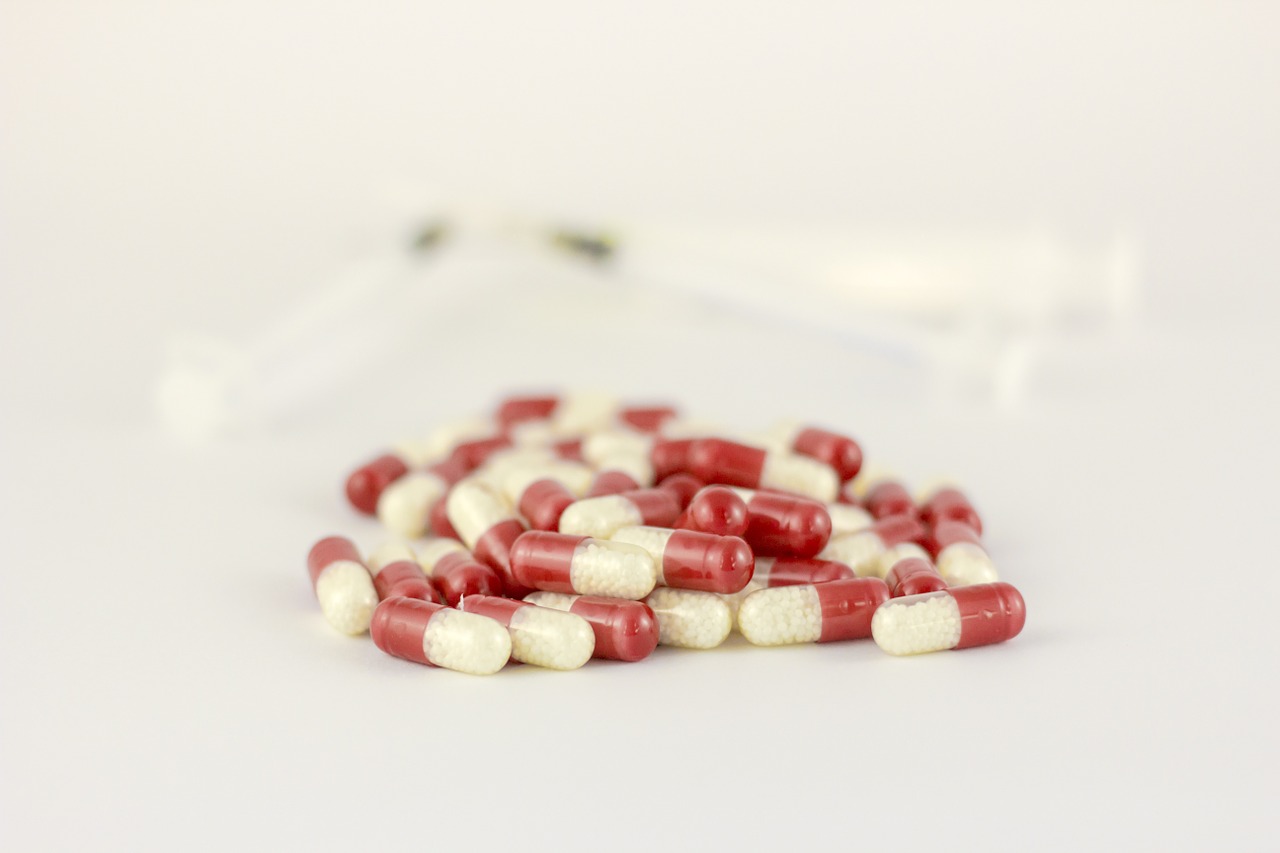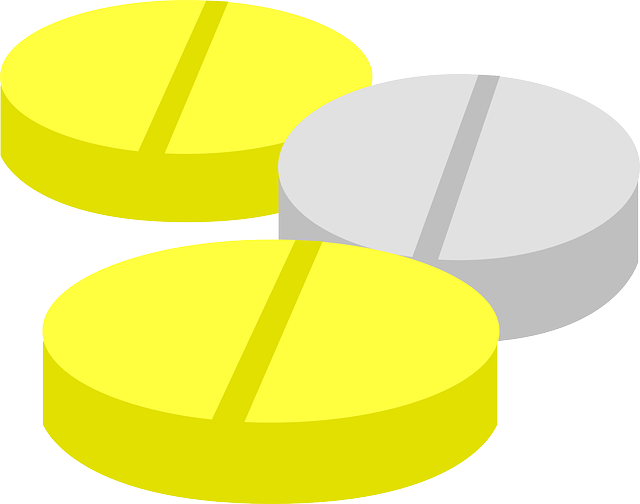Podcast: Play in new window | Download (Duration: 12:32 — 17.2MB) | Embed
Folic acid is a water-soluble vitamin; compared to fat-soluble vitamins, accumulation is not as much of an issue. It is responsible for the formation of coenzymes, DNA synthesis, erythropoiesis, and certain metabolic processes. Due to the mechanism of folic acid, if there is a deficiency present, anemia can manifest. Although the recommended dietary intake is 0.2 mg, supplementation may be necessary. Some situations where supplementation may be desired are prevention of neural tube defects in pregnancy, patients suffering from alcohol abuse disorder, bariatric surgery patients, and certain types of GI disorders where malabsorption may be present. If a patient is taking certain medications folic acid supplementation may be necessary as well. Notable drugs where a patient may require folic acid include methotrexate and phenytoin.
The dosages used most often when supplementing folic acid are in the 1-5 mg range, and most of the time it will be 1 mg. Folic acid has a relatively safe adverse drug reaction profile. Some possible adverse drug reactions are flushing, malaise, erythema, skin rash, and hypersensitivity reactions. Although uncommon, the chance for an adverse drug reaction occurring increases as the dose increases. For monitoring folic acid, the normal levels can vary between 2-20 ng/mL, but they can vary based upon the lab. A type of anemia that can manifest with a folic acid deficiency is megaloblastic anemia. When assessing megaloblastic anemia, vitamin B12 levels should also be assessed.
Folic acid levels can be impacted by phenytoin, methotrexate, trimethoprim and sulfamethoxazole, sulfasalazine, triamterene, and alcohol. When a patient is only taking trimethoprim and sulfamethoxazole for acute treatment of a UTI, folic acid levels aren’t as concerning. Whenever it changes from acute treatment to prophylaxis, folic acid levels should be monitored more closely. Theoretically, folic acid can lower concentrations of phenytoin, and phenobarbital, so closer monitoring may be warranted.
Show notes provided by Chong Yol G Kim, PharmD Student.
Be sure to check out our free Top 200 study guide – a 31 page PDF that is yours for FREE!
Support The Podcast and Check Out These Amazing Resources!
Meded101 Guide to Nursing Pharmacology (Amazon Highly Rated)
Guide to Drug Food Interactions (Amazon Best Seller)

